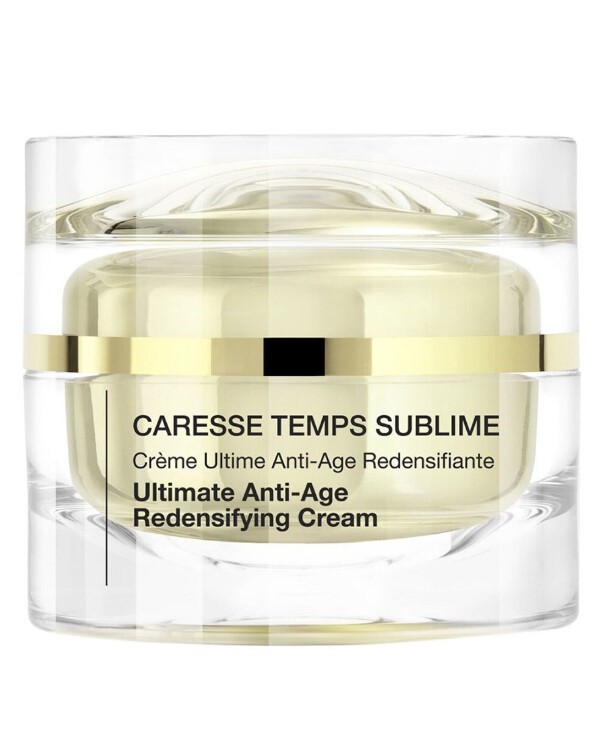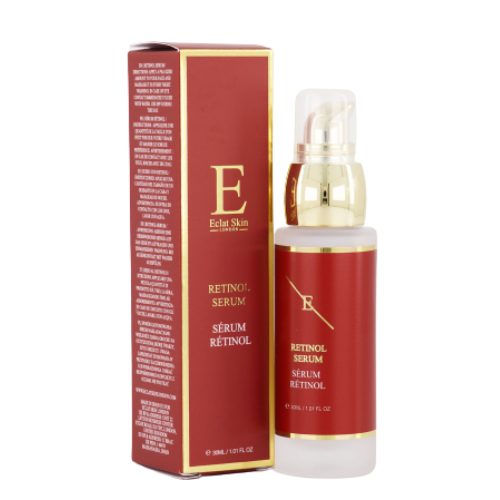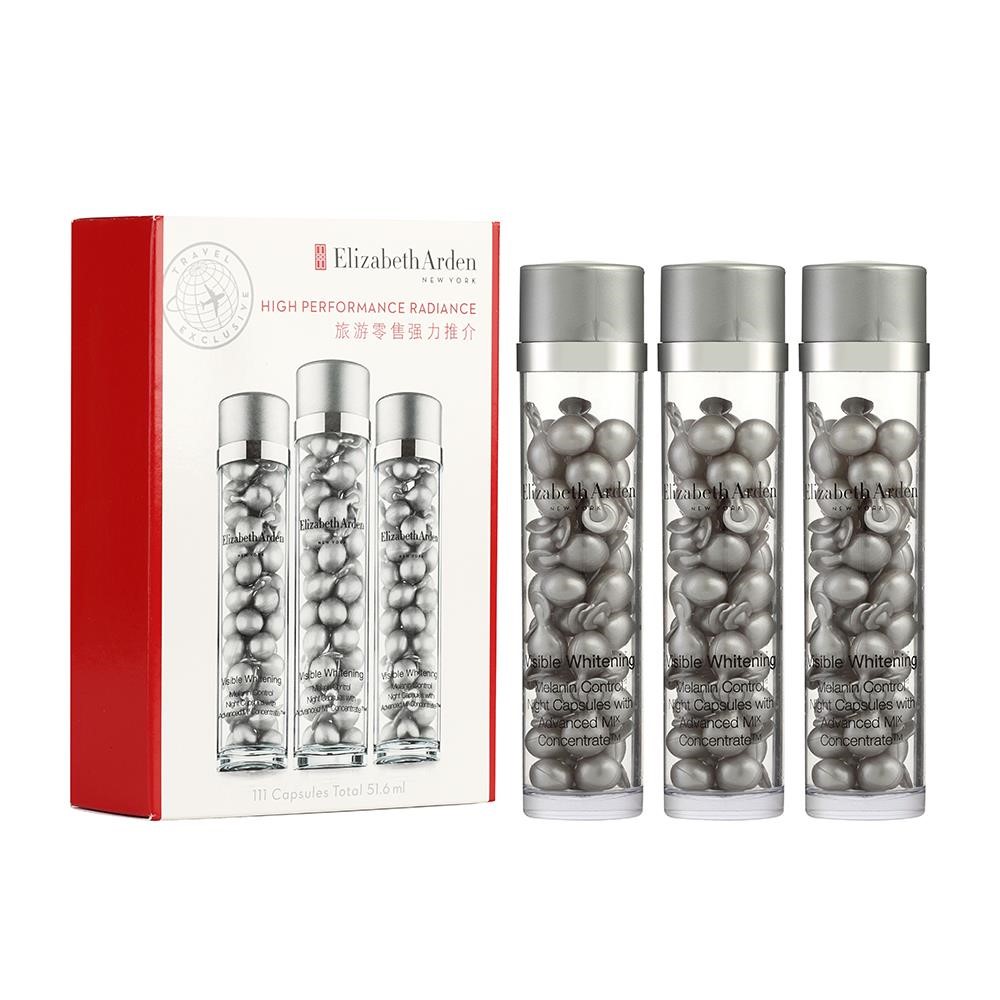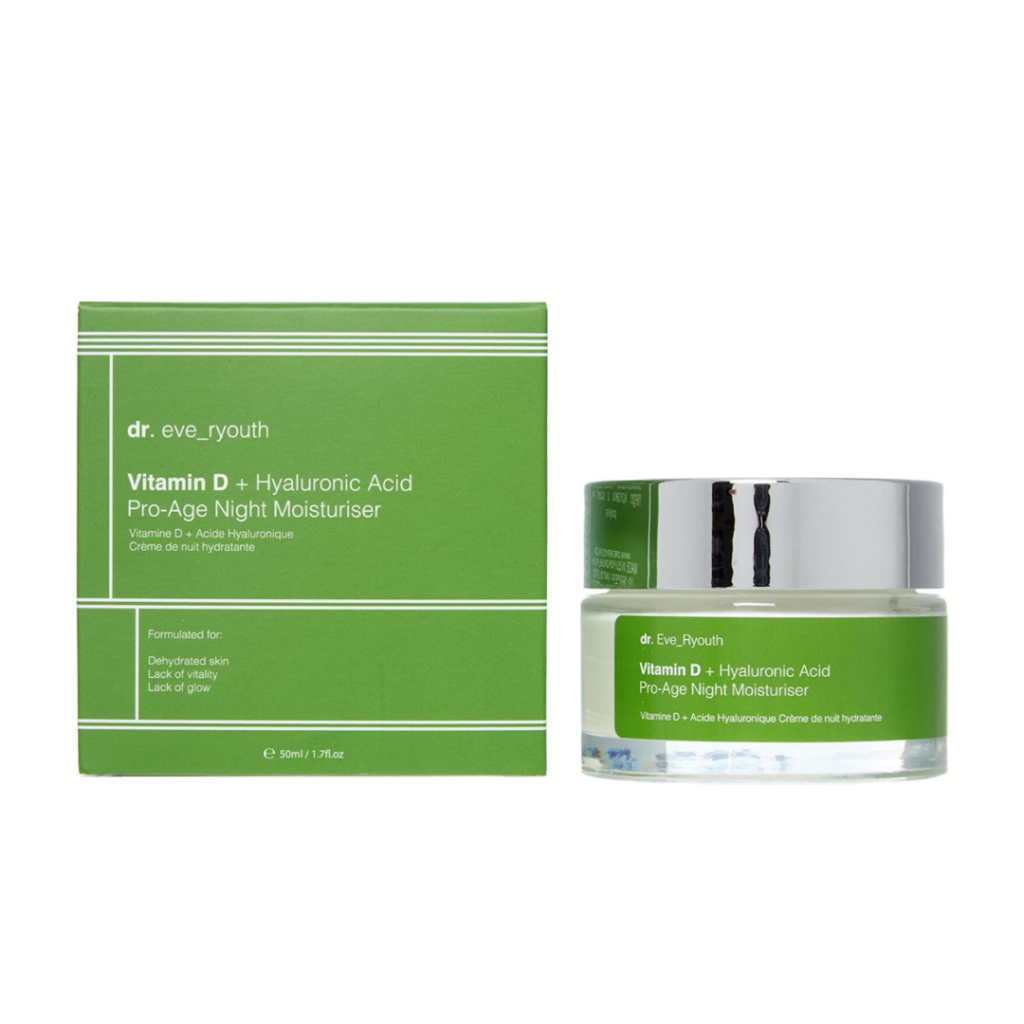Everything You Need to Know About Melasma and its Treatment

What exactly is Melasma and how does it appear?
Melasma is a typical skin condition. The phrase roughly translates to “black spot.” You may experience blue-gray, dark brown, or light brown patches on your skin if you have Melasma. They may look like flat patches or dots that resemble freckles. Your face, particularly the cheekbones, upper lip, and forehead, as well as your forearms, are frequently afflicted areas. Melasma frequently affects pregnant women, hence the nickname “mask of pregnancy.” Melasma frequently gets worse in the summer and better in the winter as it gradually darkens and lightens.
Chloasma is a different, less popular name for Melasma. Even though this disease is entirely safe, some people may experience self-consciousness as a result.
Types of Melasma
Melasma comes in three different varieties based on the intensity of the pigment. To ascertain the depth of the pigment, utilize a Wood’s lamp that generates black light. They are as follows:
- Epidermal: Epidermal Melasma is characterized by a dark brown color, a clearly defined boundary, and the ability to be seen under a black light. It can occasionally react favorably to therapy.
- Dermal: Dermal Melasma has a hazy border, a light brown or bluish color, and does not change under a black light. It also does not respond well to treatment.
- Mixed Melasma: The most prevalent of the three, mixed Melasma has both bluish and brown patches, has a mixed pattern under black light, and exhibits some therapeutic response
Where does Melasma usually occur?
Melasma typically develops on your cheekbones, nose, chin, forehead, upper lip, and surrounding skin. Sometimes, it has an impact on your back, neck, and arms. Melasma can actually affect any area of your skin that is exposed to the sun. Because of this, the majority of Melasma sufferers observe that their symptoms are worse in the summer.
How common is Melasma and who is at risk of being affected by it?
Skin conditions like Melasma are highly prevalent, especially in pregnant women. It affects 15% to 50% of expectant mothers. Melasma can affect 1.5% to 33% of people, and it typically appears during a woman’s reproductive years and infrequently during adolescence. Typically, it begins between the ages of 20 and 40.
People with fairer skin are less likely to get Melasma than individuals with darker brown skin or who tan easily. Melasma affects 10% of men and 90% of women, making women more prone to develop it than men. Melasma affects pregnant women more frequently than anyone else. If you use oral contraceptives or hormones, you’re also in danger.
What causes Melasma?
Melasma has two basic causes: hormones and radiation, including ultraviolet, visible, and infrared (heat) light.
The sun’s ultraviolet and infrared rays have a major role in aggravating Melasma. Other potential Melasma causes include:
- Genetics: Between 33% and 50% of those who have melasma say that a family member also has the condition. Melasma is common in identical twin pairs.
- Pregnancy: It is unknown why pregnant women experience “the mask of pregnancy.” The elevated amounts of estrogen, progesterone, and melanocyte-stimulating hormones during the third trimester of pregnancy may nevertheless play a part, according to specialists’ theories.
- Hormones: In certain persons, hormones like progesterone and estrogen may be involved. It has been noted that postmenopausal women who get progesterone occasionally develop Melasma. Your Melasma lesions most likely include higher than average amounts of estrogen receptors even if you aren’t pregnant.
- LED screens: The LED lights from your tablet, phone, laptop, and television may contribute to Melasma.
- Cosmetics and Makeup Products: A condition known as a phototoxic response can be brought on by some cosmetics and makeup products.
- Skin care products: Melasma is likely to get worse if you use a product that generally irritates your skin.
- Soaps: It’s believed that some perfumed soaps can worsen or bring on Melasma.
- Anti-seizure drugs: Medicines that stop seizures could be a factor in the development of Melasma. Clobazam, an anti-seizure drug, is an illustration.
- Contraceptive therapy: Melasma has been seen in those who take oral contraceptives that contain progesterone and estrogen (contraceptive medication, birth control).
- Diethylstilbestrol: Diethylstilbestrol is a synthetic version of the hormone estrogen, also known as estrogen. It is frequently employed in the treatment of prostate cancer. Once more, there is a correlation between elevated estrogen levels and Melasma.
How is Melasma Treated?
Making sure that your Melasma doesn’t get worse is the first step in treating it. Avoiding the sun, tanning beds, LED screens, unpleasant soaps, and birth control that contains hormones will help you achieve this. Wear a wide-brimmed hat and sunscreen with iron oxides and an SPF of 30–50 every two hours if you will be exposed to the sun. By taking these actions, your Melasma may stay the same or improve.
Topical medicines are the second step. Actually, there isn’t a single method of Melasma treatment that works for everyone. Each person responds better to certain elements. However, some ingredients consistently work better than others. These ingredients were chosen in accordance with dermatologists’ recommendations.
- Hydroquinone:
A skin-lightening substance called hydroquinone that reduces the appearance of hyperpigmentation Tyrosinase, an enzyme required for the creation of melanin, is inhibited by it. Hydroquinone not only interferes with melanin formation but also results in melanocyte necrosis.
- Retinoic acid:
Retinoic acid influences the formation of melanin and accelerates cell turnover. It aids in removing hyperpigmented cells in melasma creams to promote the development of new, normally pigmented cells.
***Caution: Studies found that Retinol; It’s effective, but can cause dermatitis and should not be used during pregnancy & breastfeeding.
Available Products :
Glycolic acid:
For its ability to lighten skin, glycolic acid, an alpha-hydroxy acid, is typically mixed with other substances at a concentration of 5–10%. The epidermal remodeling and faster desquamation that would cause rapid pigment dispersion on pigmentary lesions could be the mechanism behind its action. By inhibiting tyrosinase, it also directly decreases the production of melanin in melanocytes. A formulation with 10% glycolic acid and 4% HQ had good clinical efficacy in treating melasma in a group of Hispanic individuals, according to a randomized controlled experiment. A frequent side effect was irritation, which was alleviated by temporarily pausing treatment and applying moisturizers.
Available Products :
- Kojic acid:
Kojic acid is a substance that is generated from certain fungi. Tyrosinase synthesis is additionally inhibited by it.
***Caution: Never use kojic acid on damaged or broken skin. Some countries have banned this product because of a potential connection to thedevelopment of cancer.
- Azelaic acid:
Initially used to treat acne, azelaic acid is now utilized to treat a number of hyperpigmentation disorders. It does not affect skin that is usually pigmented since it targets explicitly aberrant melanocytes.
- Ascorbic acid:
By converting dopaquinone to DOPA, inhibiting the generation of free radicals, and blocking the absorption of UV light, ascorbic acid impacts melanogenesis and possesses antioxidant effects. In a double-blind clinical trial comparing the efficacy of 5% ascorbic acid and 4% hydroquinone in treating 16 patients with Melasma, the authors found that while hydroquinone produced a better response, ascorbic acid may be useful in treating the condition because it has almost no side effects and can be used alone or in combination therapy. A penetration enhancer-formulated 25% L-ascorbic acid having a substantial impact on the treatment of Melasma was discovered in an open-label experiment.
Available Products:
Frequently Asked Questions About Melasma
1. Is it possible to get Melasma on the skin?
Usually, Melasma is flat. If you are worried about another kind of skin disease, consult your doctor.
2. Can Melasma Develop Overnight?
No. Melasma develops gradually over a few weeks or months.
3. Freckles: Are They Melasma?
Although they are not the same skin disease, freckles and melasma spots can occasionally be confused.
4. Are liver spots, age spots, and sun spots Melasma?
They might appear alike! On the other hand, Melasma patches are typically larger than age spots, sun spots, or liver spots. If you have concerns about a different condition, talk to your doctor.
5. Can Melasma disappear by itself?
Yes, it’s possible that within a few months, your Melasma will disappear on its own. While you are pregnant or taking hormone contraceptives, it is unlikely to go away. To prevent your Melasma from worsening or, if it does diminish, from returning, take precautionary measures like avoiding sunlight. Melasma may reappear.
Melasma management can be difficult and necessitates long-term use of topical medications. The outcomes are frequently disappointing, and topical medicines can occasionally have serious side effects. Although hydroquinone has continued to be the gold standard in topical medicine, worries about its negative effects still exist. The first-line topical therapy for this pigmentary condition has been proposed to be a triple regimen of hydroquinone, retinoic acid, and corticosteroids. There have been numerous developments in novel melanogenesis inhibitors.






